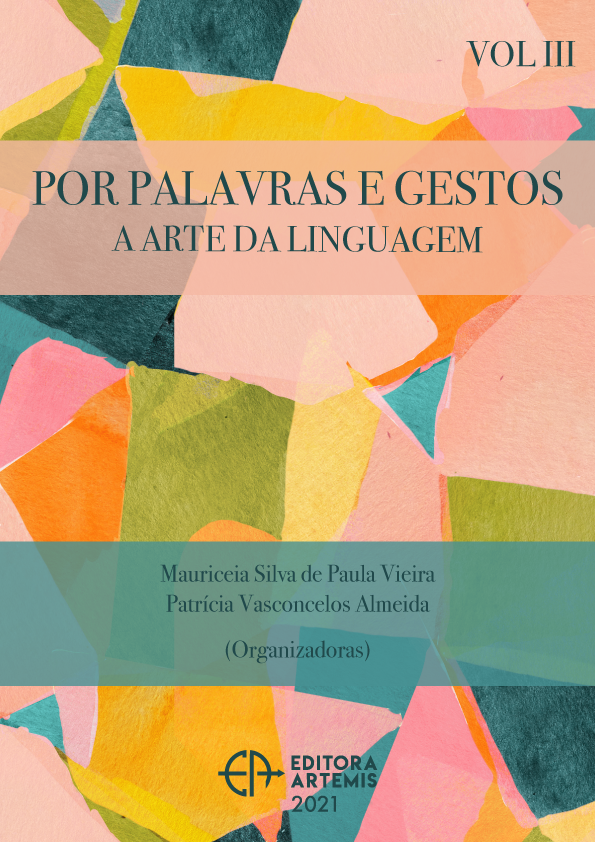
CRONOTOPO DO ENDEREÇAMENTO E EXCEDENTE DE VISÃO NA ESCRITA DE PRÉ-UNIVERSITÁRIOS
Este trabalho contempla a análise duas Redações do Enem para investigar o como o escrevente dialoga com seus possíveis destinatários no processo de escrita. Para a análise dos dados, apoiamo-nos em Bakhtin, especificamente nas noções de alteridade, exotopia, excedência de visão e cronotopo, e em Borges (2017) com a noção de cronotopo do endereçamento. Metodologicamente, apoiamo-nos no Paradigma Indiciário, conforme Ginzburg (1989, 2006), e também na noção de excedente de visão para a busca e análise de indícios de como o escrevente dialoga (1) com seus possíveis destinatários (voz social da academia, o [ex]-professor da Educação Básica/Cursinho e a banca examinadora), na introdução e na conclusão no gênero do discurso Redação do Enem e (2) com as noções de alteridade, exotopia, excedente de visão e cronotopo do endereçamento ao revelar imagens de si e possíveis imagens do outro nesse processo. Os resultados apontam que o escrevente refrata a si como também ao outro (destinatário) no processo de escrita, desvelando imagens por meio da alteridade, da exotopia, do cronotopo e da excedência de visão, construindo pontos de encontro que se configuram o cronotopo do endereçamento.
CRONOTOPO DO ENDEREÇAMENTO E EXCEDENTE DE VISÃO NA ESCRITA DE PRÉ-UNIVERSITÁRIOS
-
DOI: 10.37572/EdArt_2801212627
-
Palavras-chave: Dialogismo; Alteridade; Redação do Enem; Escrita; Formação docente.
-
Keywords: Dialogism; Alterity; Enem Writing; Writing; Teachers education and training.
-
Abstract:
This work contemplates the analysis of two Enem Writing to investigate how the writer dialogues with his possible recipients in the writing process. For data analysis, they support us in Bakhtin, specifically in the notions of alterity, exotopy, surplus of vision and chronotope, and in Borges (2017) with the notion of chronotope of addressing. Methodologically, we rely on the Circumstantial Paradigm, according to Ginzburg (1989, 2006), and also on the notion of a surplus of vision for the search and analysis of evidence of how the writer dialogues (1) with his possible addressees (social voice of the academy, [ex] -teacher of Basic Education /“Cursinho” and the examining board), in the introduction and conclusion in the genre of the Enem Writing speech and (2) with the notions of alterity, exotopy, surplus of vision and chronotope of addressing when revealing images of themselves and possible images of the other in this process. The results show that the writer refracts himself as well as the other (addresses) in the writing process, unveiling images through alterity, exotopia, chronotope and excess of vision, building meeting points that configure the chronotope of addressing.
-
Número de páginas: 19
- Rosângela Rodrigues Borges
- Fabrício José da Silva

